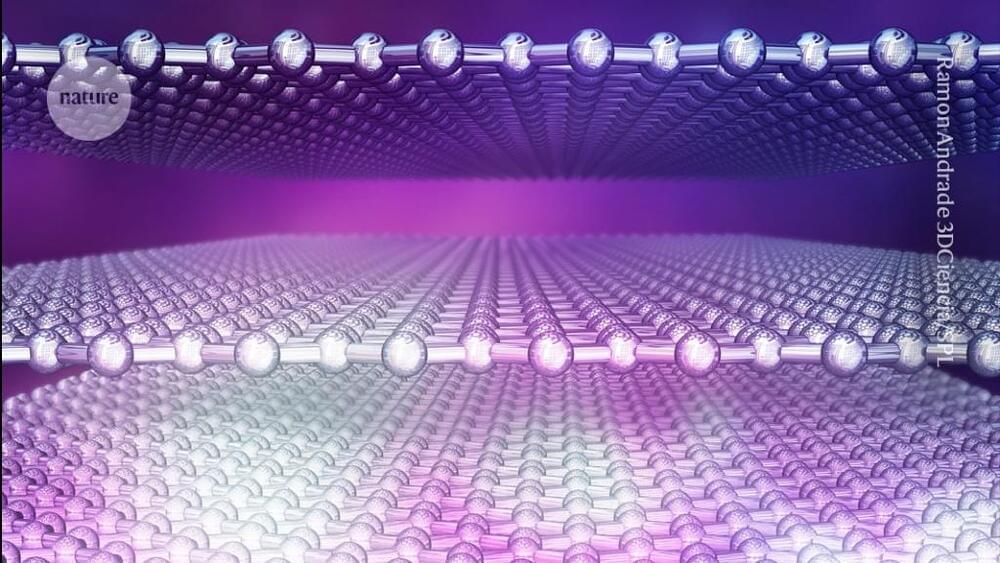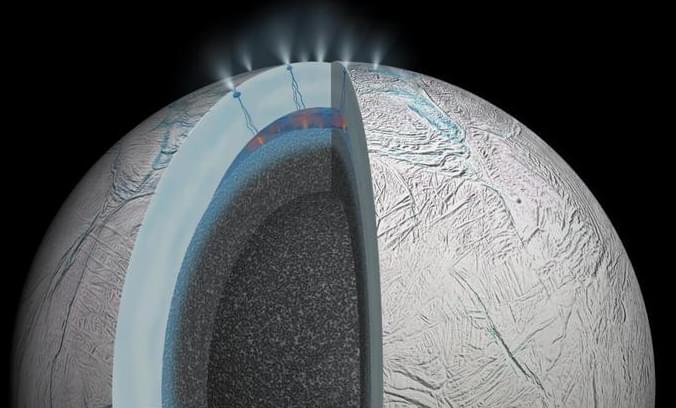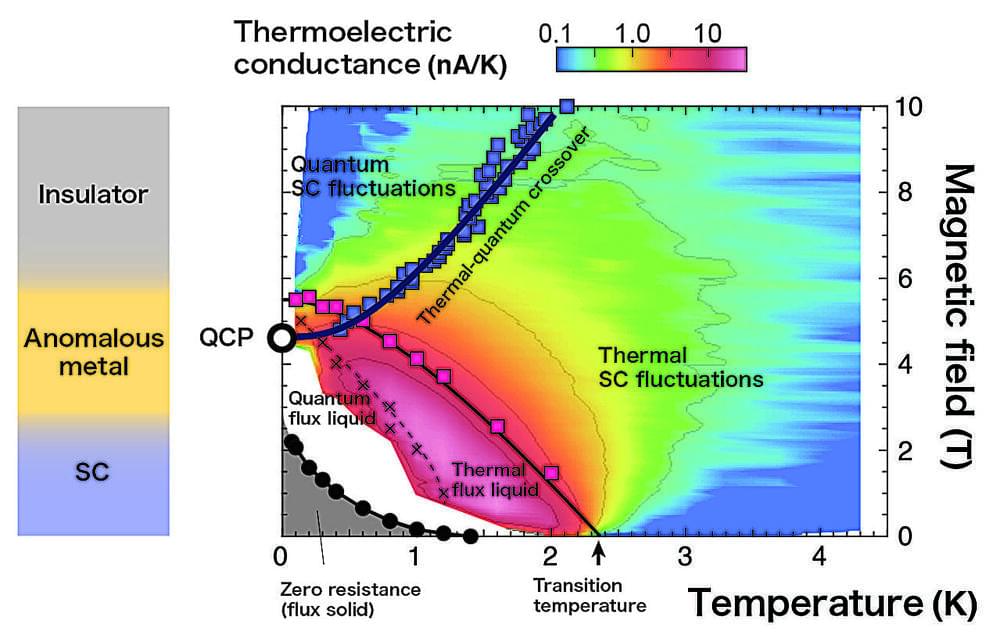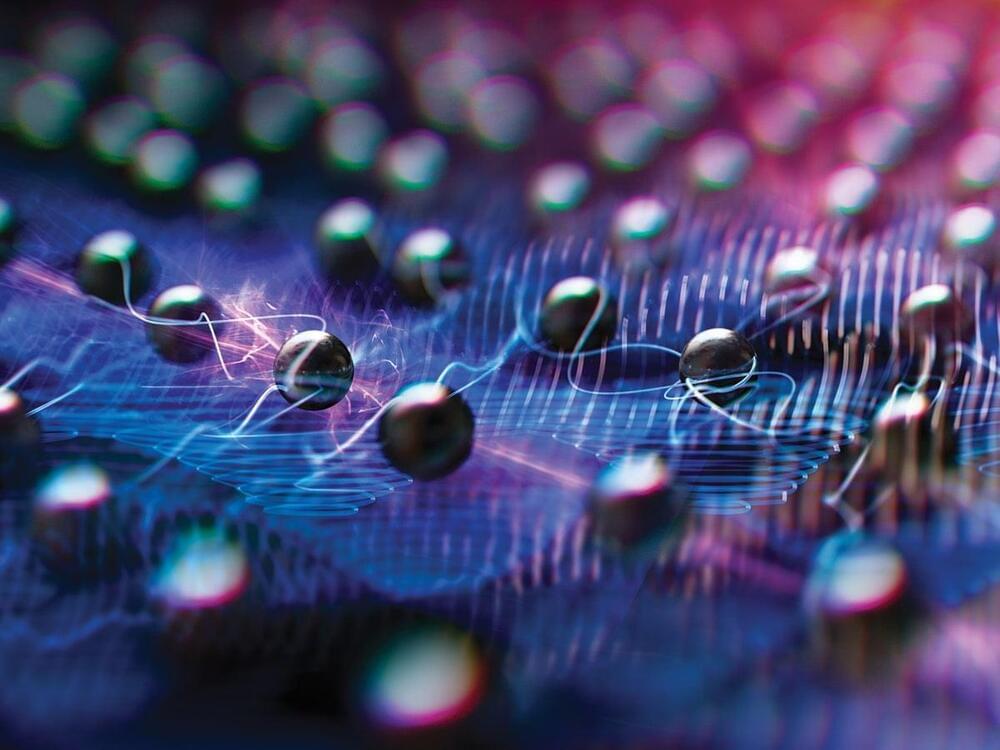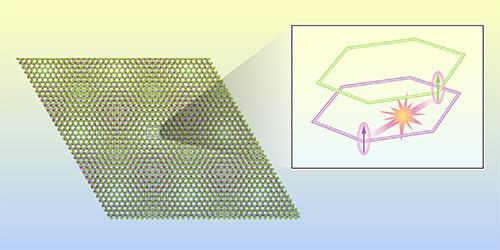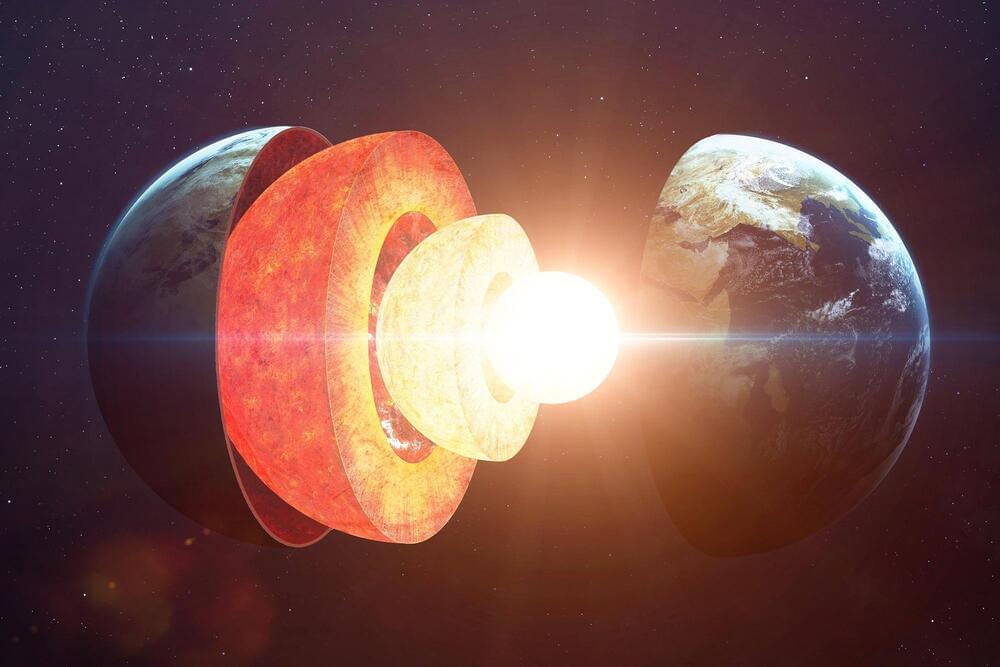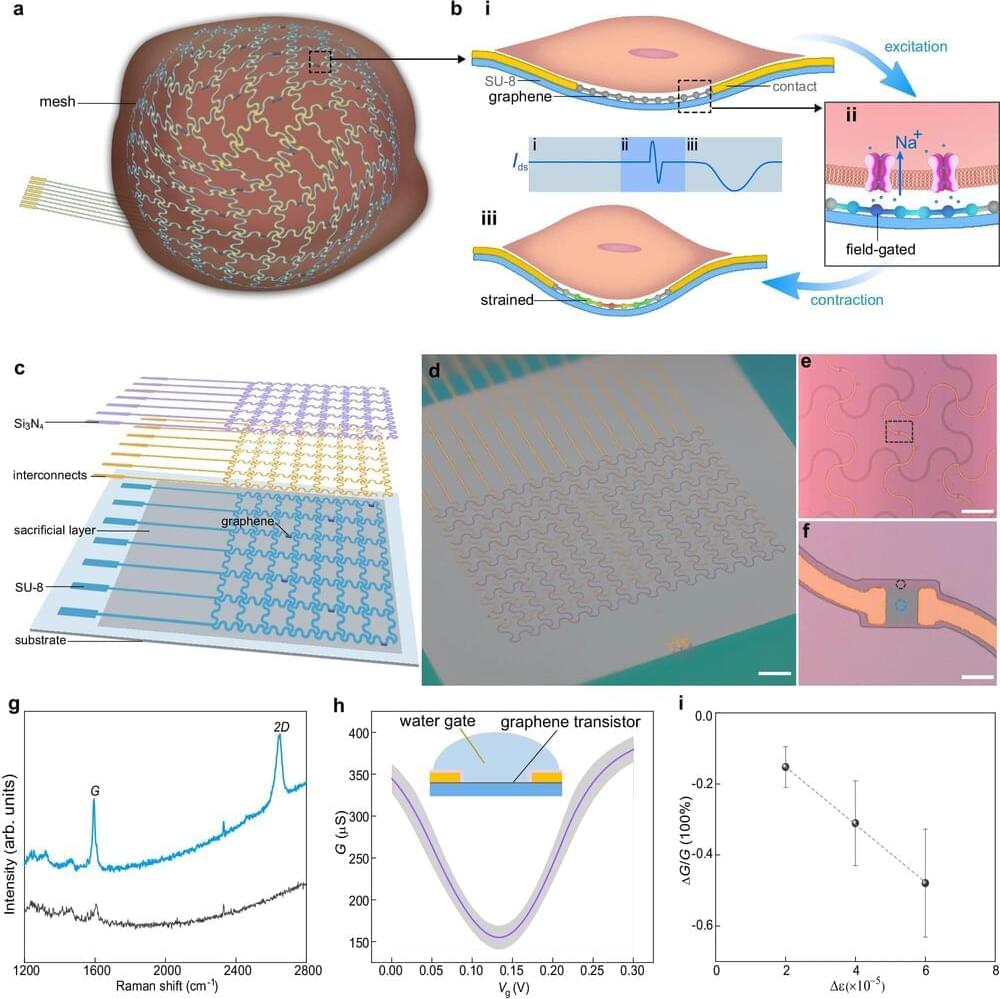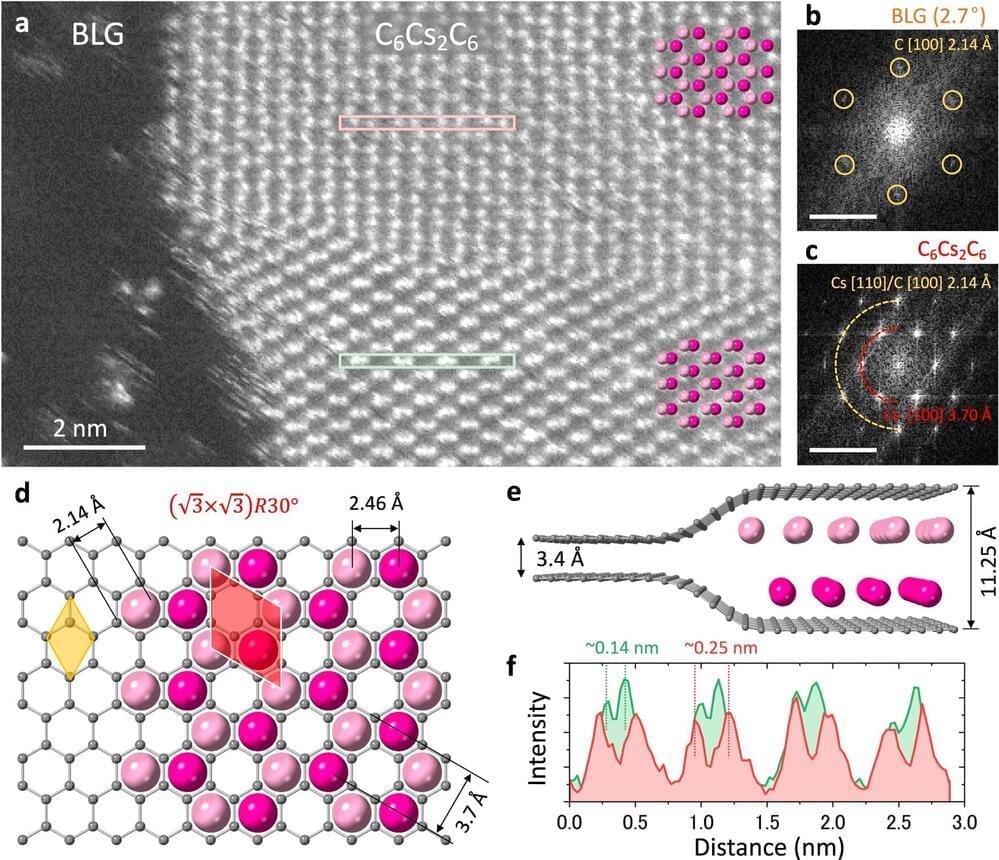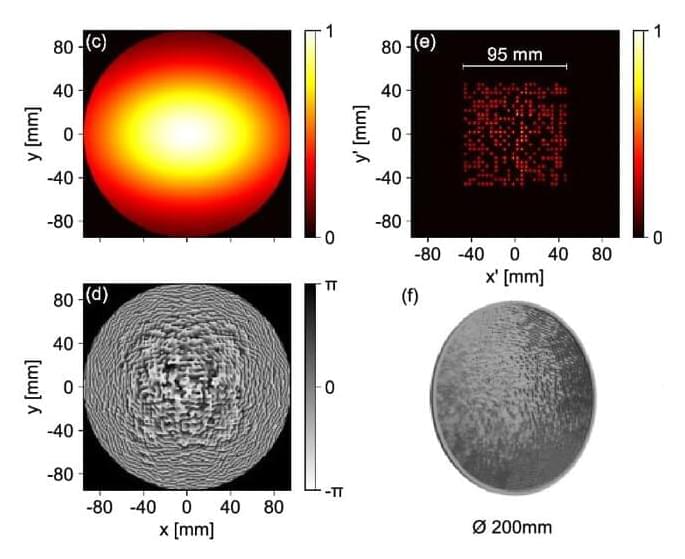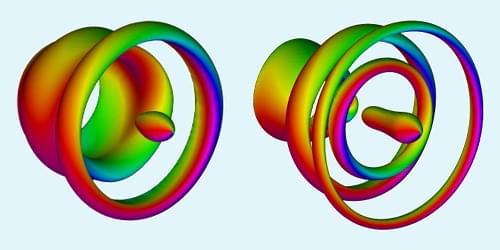
Loop-shaped structures called vortex rings are remarkably stable and are seen throughout nature, appearing as bubble rings blown by dolphins and smoke rings emitted by erupting volcanoes. Recently, scientists observed vortex rings made from electron spins in magnetic materials. These structures have properties that make them attractive for use in energy-efficient data storage and processing. Now Yizhou Liu and Naoto Nagaosa at the RIKEN Center for Emergent Matter Science in Japan have proposed a way to create such magnetic vortex rings on demand [1].
Liu and Nagaosa considered a nanometer-scale cylinder made of a “chiral” magnetic material, one whose magnetic structure differs from that of its mirror image. The magnetic vortex rings that form in such a system have more diverse topologies and greater stability than those that form in other systems. In numerical simulations, the researchers injected a pulse of electric current into their chiral magnetic cylinder through a circular trench etched into the cylinder’s top surface. They then studied how the current pulse affected the material’s spin configurations.
Liu and Nagaosa observed a chain of interconnected magnetic vortex rings form along the length of the cylinder. Varying the duration and amplitude of the injected current pulse, they were able to control the topology of the vortex rings and their connections. The researchers say that the next step is for experimentalists to replicate these findings in the lab. They also suggest that their technique could be adapted to produce magnetic vortex rings in other physical systems, such as liquid crystals and Bose-Einstein condensates.
